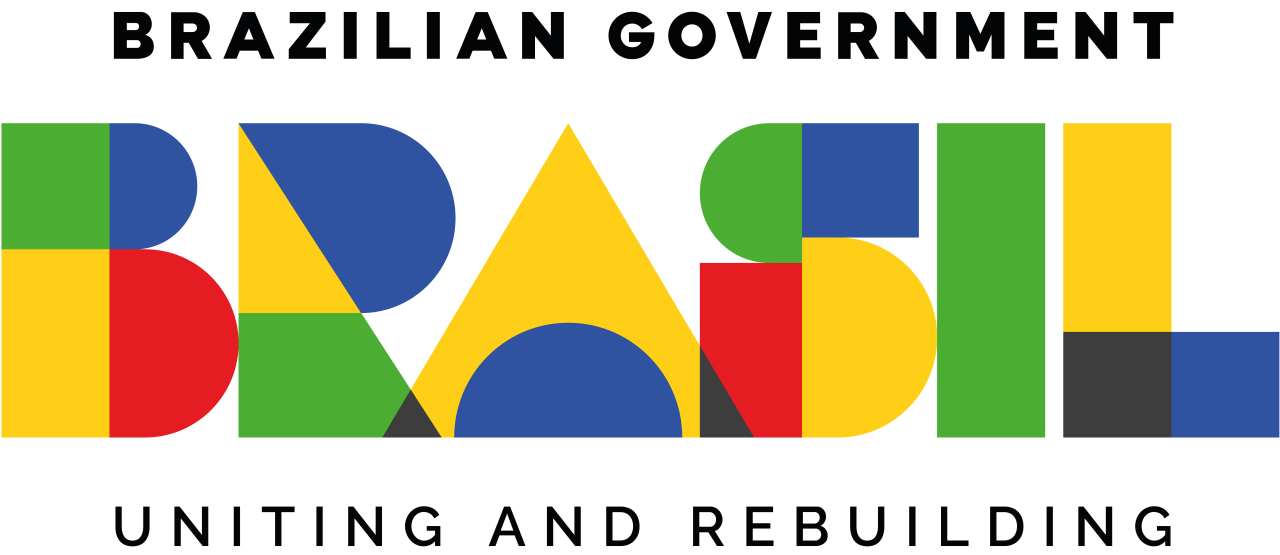2025 | © All rights reserved - Apex-Brasil

The first Universal Exposition that Brazil participated in was in London, in 1862. From then on, the Brazilian government represented the country at the most important expos of the 19th century: Paris, 1867; Vienna, 1873; Philadelphia, 1876; Chicago, 1893; and also in the 20th century.
Brazil made its debut at the World's Fair in London in 1862. From then on, the Brazilian government ensured the country's presence at the most significant exhibitions of the 19th century, including Paris in 1867, Vienna in 1873, Philadelphia in 1876, and Chicago in 1893. This commitment continued well into the 20th century.
The country dedicated itself to projecting a positive image through the Expos, recognizing the importance of Brazilian participation for showcasing its potential and seizing business opportunities. Consequently, Brazil exhibited products from its agricultural economy, various manufactured goods, and artisanal items, with highlights such as coffee, candles, meat, cotton, wood, and fabrics, along with displays of its diverse flora and fauna.
Brazil has made its mark at several Expos, always gaining recognition for its pavilions. One example is the pavilion designed by architect Francisco Marcelino de Souza Aguiar for the 1904 Saint Louis World's Fair. Built with a metal structure, it broke away from the traditional colonial construction styles inherited from Portugal. It was dismantled at the end of the event and reassembled in Rio de Janeiro in 1906, where it became regarded as one of the most beautiful buildings in Cinelândia, one of the most important squares in the Rio de Janeiro city. It was demolished in 1976.
In 1939, the Brazil Pavilion at the New York World's Fair was designed by Lucio Costa and Oscar Niemeyer. The light, radically modern Pavilion built fostered constant interaction and dialogue between its interior and exterior spaces, giving it an ephemeral quality. It's important to note that both architects were highly influential in Brazil: Costa was a pioneer of modernism in the country and designed the capital Brasília's urban layout, while Niemeyer was a leading architect of modernism and designed many of Brasília's landmark buildings.
At the 1970 World Expo in Osaka, renowned architect Paulo Mendes da Rocha showcased the constructive qualities of raw reinforced concrete by designing a pavilion consisting of a large box resting on the Japanese landscape. On a elevated platform rested a prestressed reinforced concrete roof supported at three points. A fourth point created a large portal in the form of two crossed arches. The pavilion reflected the maturity of Brazilian architecture in the post-Brasília era.
 Expo 1970 Osaka was the first World's Fair held in Japan, from March 15 to September 13, 1970. The theme was "Progress and Harmony for Mankind" (photo by Takato Marui).
Expo 1970 Osaka was the first World's Fair held in Japan, from March 15 to September 13, 1970. The theme was "Progress and Harmony for Mankind" (photo by Takato Marui).
 ApexBrasil coordinated the Brazil Pavilion at several Expos: Shanghai in 2010, Milan in 2015, Dubai in 2021, and is now organizing the Pavilion for Expo Osaka. The Brazil Pavilion at Expo Milan 2015 (above) attracted 5.3 million visitors, accounting for nearly 25% of the total 21.5 million attendees.
ApexBrasil coordinated the Brazil Pavilion at several Expos: Shanghai in 2010, Milan in 2015, Dubai in 2021, and is now organizing the Pavilion for Expo Osaka. The Brazil Pavilion at Expo Milan 2015 (above) attracted 5.3 million visitors, accounting for nearly 25% of the total 21.5 million attendees.
 ApexBrasil coordinated the Brazil Pavilion at several Expos: Shanghai in 2010, Milan in 2015, Dubai in 2021, and is now organizing the Pavilion for Expo Osaka. The Brazil Pavilion at Expo Milan 2015 (above) attracted 5.3 million visitors, accounting for nearly 25% of the total 21.5 million attendees.
ApexBrasil coordinated the Brazil Pavilion at several Expos: Shanghai in 2010, Milan in 2015, Dubai in 2021, and is now organizing the Pavilion for Expo Osaka. The Brazil Pavilion at Expo Milan 2015 (above) attracted 5.3 million visitors, accounting for nearly 25% of the total 21.5 million attendees.
 ApexBrasil coordinated the Brazil Pavilion at several Expos: Shanghai in 2010, Milan in 2015, Dubai in 2021, and is now organizing the Pavilion for Expo Osaka. The Brazil Pavilion at Expo Milan 2015 (above) attracted 5.3 million visitors, accounting for nearly 25% of the total 21.5 million attendees.
ApexBrasil coordinated the Brazil Pavilion at several Expos: Shanghai in 2010, Milan in 2015, Dubai in 2021, and is now organizing the Pavilion for Expo Osaka. The Brazil Pavilion at Expo Milan 2015 (above) attracted 5.3 million visitors, accounting for nearly 25% of the total 21.5 million attendees.
- Image 1
- Image 2
- Image 3







